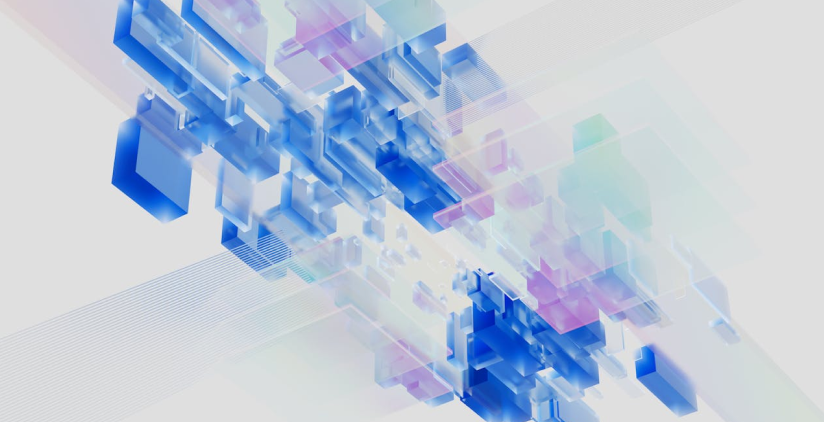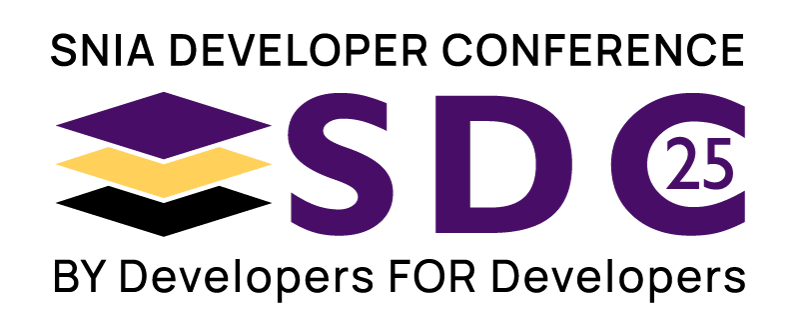
Cerabyte – Permanent Data Storage

Salon IV
Tue Sep 19 | 3:05pm
Abstract
The demand for data storage continues to grow exponentially with the overall data storage temperature cooling down with most data becoming cold after one month and subsequently infrequently accessed. Given the evolving storage pyramid and the growth of the overall storage ecosystem, especially cold storage, demand for significant capacity, longevity and sustainability scaling is increasing.
These cold data, even though rarely or never retrieved, are predominately stored on HDDs consuming a growing amount of energy and generating an increasing CO2 footprint. Furthermore, HDDs requiring replacement and data migration typically every 5 years. HDDs in data center are projected to consume 2% of global electricity by 2030, causing 250 megatons of CO2 emissions and 1 mega tone of electronic waste.
Additionally, a considerable amount of the data stored on HDDs is infrequently accessed and could tolerate second class versus milli-second class access times. Cerabyte’s Ceramic Nano Memory offers an ideal solution for these use cases as the data is permanently stored in ceramic nanolayers enabling saving of total cost of ownership by 75% and reduction of energy consumption and CO2 emissions by 99%.
Ancient societies preserved valuable data for thousands of years by chiseling their stories in stone or inscribing important content in clay tablets. Cerabyte “reinvented” this approach using ceramic nanolayers on flexible glass substrates, these are extremely hard, inert and durable materials enabling the permanent storage of data and the media is 100% recyclable.
Cerabyte media technology is leveraging existing production capacities of hundreds of millions of square foot of ultrathin display glass enabling a media cost scaling path to less than $1/TB by 2030. Cerabyte write and read devices as well as the robotic storage are using industry standard laser and microscope building blocks produced in high volume enabling low-cost and a fast time to market at time of initial product launch. The leverage of industry standard building blocks minimizes potential supply chain issues.
Cerabyte´s Ceramic Nano Memory technology combines cutting edge material science with the latest laser matrices and high-speed image sensor technologies to deliver GB/s class write and read speeds and volumetrics storage densities exceeding all commercial storage solutions.
Ceramic Nano Memory technology is protected by an extensive patent portfolio covering markets with 80% of global and 2/3 of mobile/internet users world-wide.
Cerabyte recognizes that collaborations with global technology companies are essential to building a robust and reliable storage ecosystem at scale. Cerabyte is seeking partner engagements enabling the writing of history in ceramics! www.cerabyte.com


